Disclosure: This article contains affiliate links. We may earn a commission from purchases at no extra cost to you, which helps our travel content.
As an architect specializing in climate-responsive design, I've always been drawn to locations where human innovation meets environmental extremes. The Pacific Northwest corridor from Vancouver to Whistler presents a fascinating architectural study in luxury adaptation to winter conditions. During my recent consultancy for a sports facility renovation in Vancouver, I extended my stay to explore this remarkable region that balances opulence with environmental consciousness. The structural harmony between the glass towers of Vancouver's skyline and the alpine-inspired timber structures of Whistler demonstrates an architectural dialogue that few destinations can match. This journey isn't merely about indulgence—though there's plenty of that—but about appreciating how thoughtful design creates exceptional experiences in challenging climates.
Vancouver: Urban Sophistication Meets Coastal Wilderness
Vancouver's architectural identity presents a masterclass in contextual design. The city's luxury accommodations reflect this perfectly, with my personal recommendation being the Fairmont Pacific Rim. The building's façade incorporates a stunning poem by Liam Gillick, etched in perforated aluminum—a brilliant integration of public art and architectural expression. The steel and glass structure creates a dialogue with the harbor, mountains, and neighboring buildings that exemplifies thoughtful urban planning.
My professional interest in sports facilities naturally led me to Rogers Arena, home of the Vancouver Canucks. While not staying for a game this trip, I arranged a private tour of the facility's mechanical systems—a privilege of my consultancy connections. The arena's roof structure is particularly impressive, designed to handle significant snow loads while maintaining clear sightlines throughout the venue.
For dining, I gravitated toward Hawksworth Restaurant, housed in the historic Rosewood Hotel Georgia. The restaurant's interior design masterfully balances the building's 1920s heritage elements with contemporary touches. The Art Deco ceiling details have been meticulously preserved, creating a sophisticated backdrop for Chef David Hawksworth's culinary artistry.
My exploration of Vancouver's architectural landscape wouldn't be complete without mentioning the Museum of Anthropology at UBC. Arthur Erickson's brutalist masterpiece demonstrates how concrete—often considered cold and institutional—can create spaces of profound warmth and cultural resonance. The massive wooden posts and beams within the Great Hall showcase indigenous building traditions in a contemporary context.
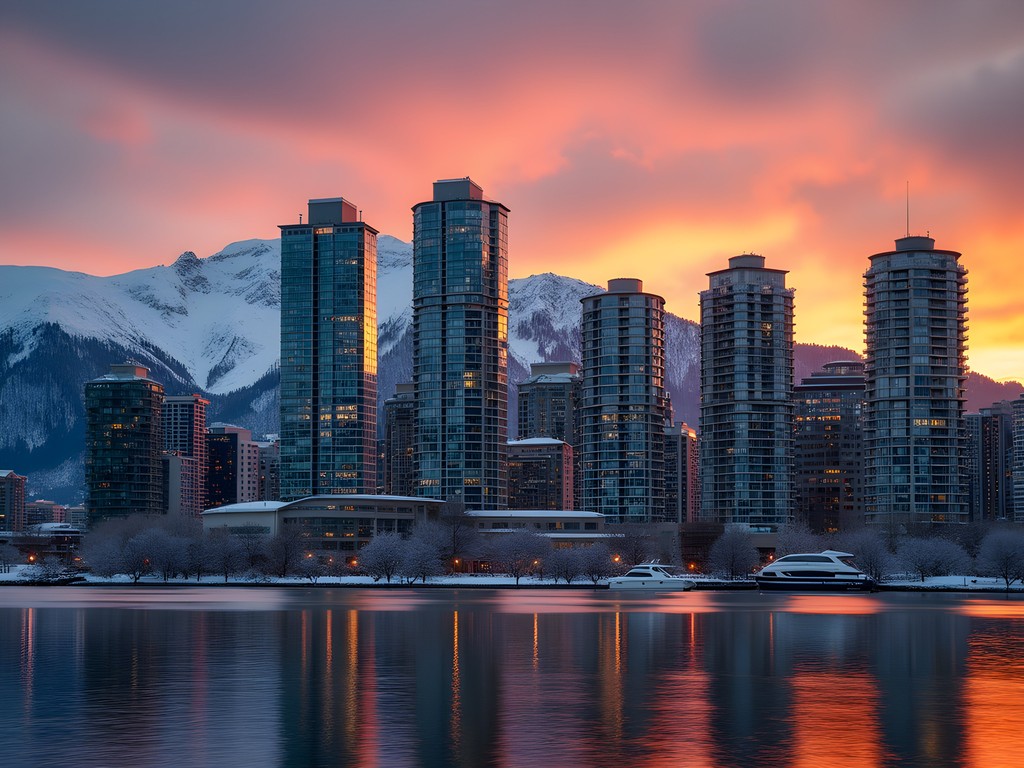
💡 Pro Tips
- Request a harbor-facing room at the Fairmont Pacific Rim to appreciate the dialogue between built and natural environments
- The Vancouver Lookout at Harbour Centre provides the best architectural overview of the city's development patterns
- Visit the Marine Building lobby early morning when sunlight illuminates the remarkable Art Deco details
The Sea-to-Sky Highway: Engineering Marvel and Scenic Wonder
The journey from Vancouver to Whistler along Highway 99 (the Sea-to-Sky Highway) represents one of North America's most impressive feats of transportation engineering. As someone who studies structural adaptations to extreme environments, I find this route particularly fascinating. The 2010 Winter Olympics prompted a significant upgrade to this corridor, with engineers solving complex geotechnical challenges posed by steep terrain and harsh winter conditions.
I made the journey in a luxury SUV arranged through my hotel's concierge service. The vehicle's handling on the occasionally icy sections was impeccable, allowing me to fully appreciate the dramatic topography without concern. For those preferring not to drive, helicopter transfers offer an equally impressive—albeit considerably more expensive—alternative with breathtaking aerial perspectives of the engineering below.
The highway hugs Howe Sound, where the road's cantilevered sections extend dramatically over sheer drops to the water. Several viewpoints along the route offer opportunities to appreciate both the natural grandeur and engineering prowess. The Porteau Cove Provincial Park viewpoint provides excellent vantage points of the highway's integration with the coastline.
The most architecturally significant stop along this route is undoubtedly the Britannia Mine Museum. This National Historic Site preserves the structural framework of what was once British Columbia's largest copper mine. The massive Mill building, constructed in 1923, cascades down the mountainside in a series of timber-framed modules—a remarkable early example of industrial architecture responding to extreme topography. I spent considerably longer here than planned, captivated by how the utilitarian structures have weathered decades of harsh conditions while maintaining their structural integrity.
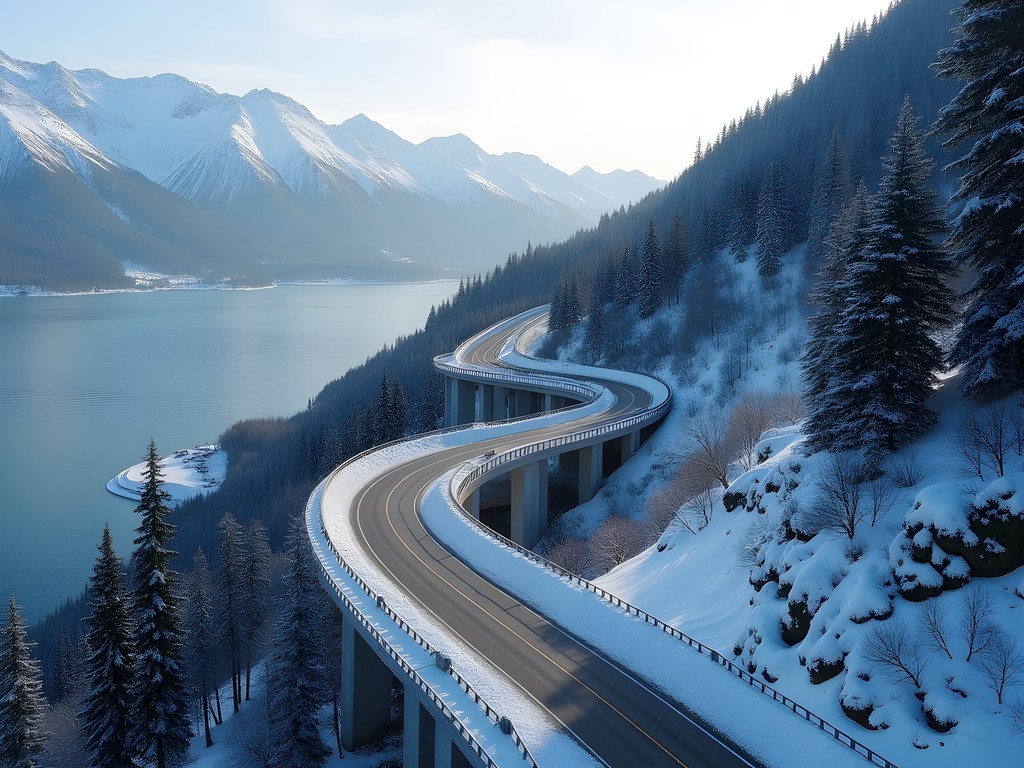
💡 Pro Tips
- Allow extra time for the journey during winter months when weather conditions may necessitate slower driving
- The Shannon Falls viewpoint offers the best perspective of the highway's integration with the coastal landscape
- Visit the Britannia Mine Museum early to arrange a private tour of the structural elements not included in standard visitor access
Whistler: Alpine Luxury with Architectural Integrity
Whistler Village represents one of North America's most cohesive examples of planned alpine development. Unlike many ski resorts that grew haphazardly, Whistler's master planning is evident in its consistent architectural vocabulary—heavy timber construction, steep roof pitches to shed snow, and strategic orientation to mountain views. As an architect with a focus on climate-responsive design, I find the village's passive solar strategies particularly noteworthy.
My accommodation at the Four Seasons Resort Whistler provided an excellent case study in luxury alpine design. The structural system employs massive Douglas fir timbers that serve both aesthetic and functional purposes, managing the significant snow loads while creating a warm, tactile interior environment. My suite featured a private balcony with a outdoor heating system that extended the usable outdoor space despite temperatures well below freezing—a thoughtful touch for those who appreciate outdoor living regardless of climate.
The Audain Art Museum stands as Whistler's most significant contemporary architectural statement. Designed by Patkau Architects, the building's long, low profile responds to heavy snowfall with dramatic roof overhangs. The structure is elevated above the forest floor to accommodate seasonal flooding and snow accumulation—a brilliant example of site-specific design. The museum's collection of British Columbian art, particularly the indigenous works, provides cultural context to the architectural experience of the region.
During my visit, I arranged access to examine the structural systems of the Olympic sliding center. The bobsled track represents a remarkable feat of precision engineering, with concrete formed to tolerances of millimeters despite exposure to extreme freeze-thaw cycles. The refrigeration system maintains consistent ice conditions through sophisticated temperature monitoring—technology that could inform more sustainable building systems in other cold-weather applications.
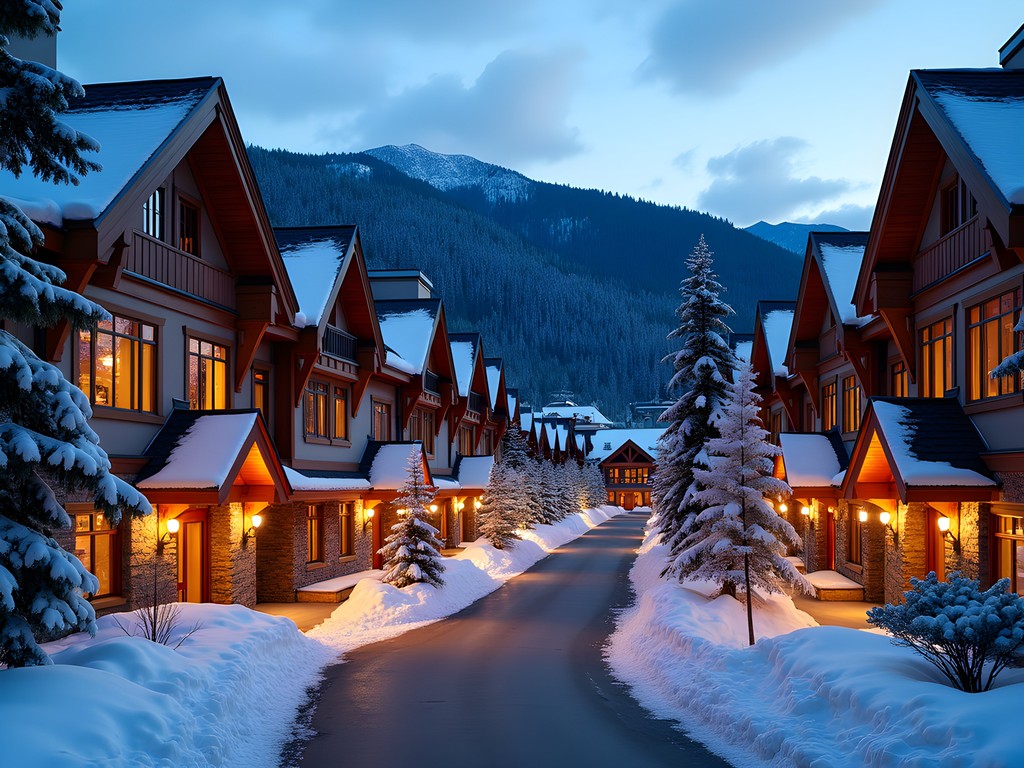
💡 Pro Tips
- Book accommodations on higher floors for better appreciation of the village's architectural layout and mountain views
- Visit the Audain Art Museum during a snowfall to fully appreciate how the building's design manages precipitation
- The Whistler Public Library offers an excellent example of sustainable alpine architecture that's often overlooked by visitors
World-Class Skiing Infrastructure: Engineering on the Edge
While many visitors to Whistler-Blackcomb focus solely on the skiing experience, my professional background draws me to the remarkable infrastructure that makes it possible. The Peak 2 Peak Gondola represents a pinnacle of engineering achievement—a 4.4-kilometer unsupported span that connects the two mountains. The structural calculations required to manage wind loads at this elevation while maintaining operational safety margins are nothing short of extraordinary.
For my skiing days, I invested in a premium ski rental package that included top-tier performance equipment. The carbon fiber construction of these skis provides exceptional stability at high speeds while maintaining enough flexibility for varied terrain—not unlike the principles we apply in designing structures to withstand dynamic forces.
The on-mountain dining facilities present interesting case studies in remote construction techniques. The Crystal Hut, a log cabin structure at 6,000 feet elevation, employs traditional joinery methods that have proven remarkably durable despite decades of extreme weather exposure. Meanwhile, the more contemporary Christine's Restaurant on Blackcomb Mountain uses modern materials and extensive glazing to create a dialogue with the dramatic landscape while managing significant snow loads.
The snowmaking infrastructure throughout the resort demonstrates sophisticated environmental engineering. The system's water management, energy recovery, and computerized distribution represent sustainable approaches to climate adaptation that could inform broader architectural applications. I was fortunate to arrange a behind-the-scenes tour of these facilities through professional connections, gaining insights into how the resort manages its environmental footprint while maintaining world-class conditions.

💡 Pro Tips
- Request a seat in the glass-bottom gondola cabin on the Peak 2 Peak for the best structural views of the support systems
- The mid-stations of both mountains offer the best opportunity to examine how the lift infrastructure is anchored to the terrain
- Visit the Olympic rings at the Whistler Olympic Plaza to see how these iconic structures have been engineered to withstand the local climate
Scandinavian-Inspired Wellness Retreats
The Pacific Northwest's luxury wellness facilities draw significant inspiration from Scandinavian design principles—an architectural approach I've studied extensively for its climate-responsive strategies. The Scandinave Spa Whistler exemplifies this influence with its thoughtful integration of built structures into the forested landscape. The facility's outdoor hydrotherapy circuit operates year-round despite temperatures that can plunge well below freezing.
From an architectural perspective, the most impressive aspect is how the spa's heating systems maintain comfortable temperatures in outdoor pools while minimizing energy consumption. The strategic use of thermal mass, insulated foundations, and careful orientation to winter sun patterns demonstrates sophisticated passive design strategies. The cedar-clad buildings employ traditional Scandinavian detailing adapted to local materials, creating a seamless visual connection between built and natural environments.
For my personal wellness routine during the trip, I relied on my compression recovery system after long days of skiing. This portable device proved invaluable for maintaining muscle recovery without sacrificing valuable time at Whistler's architectural attractions.
The Audain Art Museum's integration of contemplative spaces offers another interpretation of wellness design. The building's circulation path intentionally slows visitors' movement through carefully calibrated lighting and acoustic treatments—architectural strategies that promote mindfulness without explicitly labeling the experience as wellness-focused.
Perhaps most interesting from my professional perspective is how these wellness facilities have pioneered building systems that maintain human comfort in extreme conditions while minimizing environmental impact—innovations that could inform more sustainable approaches to conventional architecture in cold climates.
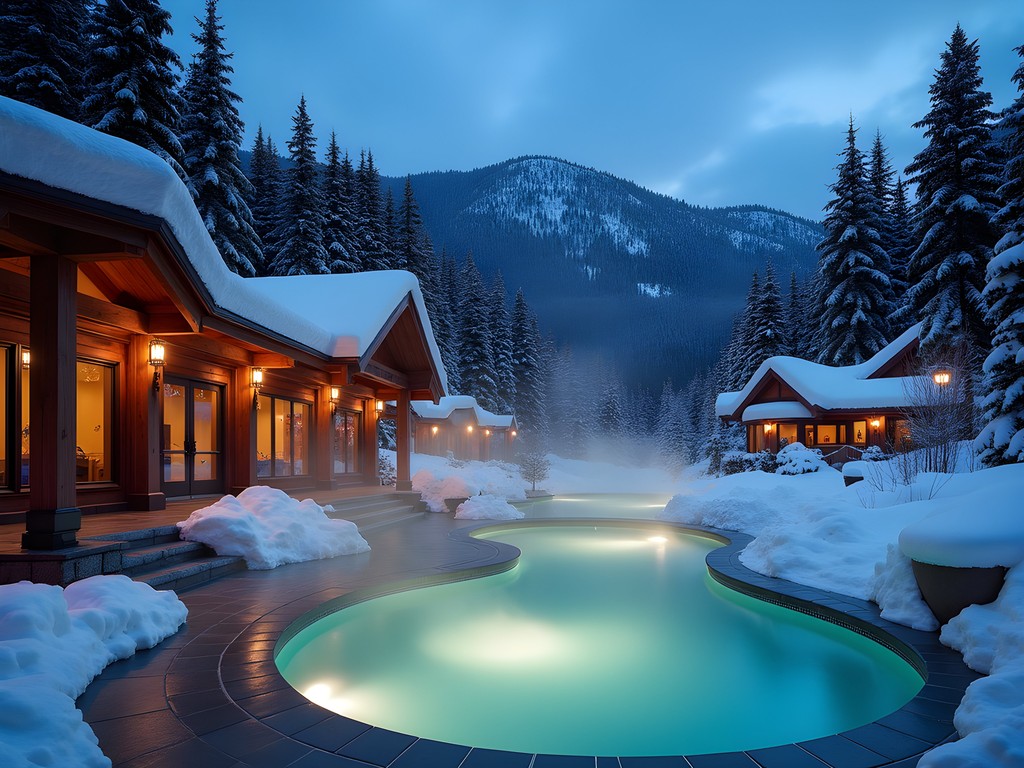
💡 Pro Tips
- Visit the Scandinave Spa during snowfall for the most dramatic contrast between the heated pools and winter environment
- The Meadow Park Sports Centre offers an excellent example of sustainable mechanical systems in a public recreation facility
- Book wellness treatments during off-peak hours for a more contemplative experience of the architectural spaces
Final Thoughts
The Vancouver to Whistler corridor presents a compelling architectural narrative about luxury in extreme environments. From Vancouver's sophisticated urban design to Whistler's climate-responsive alpine architecture, this region demonstrates how thoughtful building practices enhance human experience while respecting environmental constraints. As climate change intensifies weather extremes globally, the structural innovations pioneered in this region offer valuable lessons for resilient design elsewhere. For architects and design enthusiasts, this journey provides more than indulgence—it offers a masterclass in contextual building strategies. Whether you're examining the engineering marvel of the Peak 2 Peak Gondola or appreciating the passive solar design of Whistler Village, this luxury escape rewards those who look beyond surface opulence to understand the thoughtful systems that make such experiences possible in this remarkable winter landscape.
✨ Key Takeaways
- Vancouver to Whistler showcases diverse approaches to luxury design in challenging winter environments
- The region's architectural highlights balance opulence with climate-responsive strategies worth studying
- Beyond skiing, Whistler's built environment offers valuable insights into sustainable cold-weather construction
📋 Practical Information
Best Time to Visit
December through March for optimal winter conditions
Budget Estimate
$10,000-$15,000 for a week (ultra-luxury)
Recommended Duration
7 days minimum
Difficulty Level
Easy
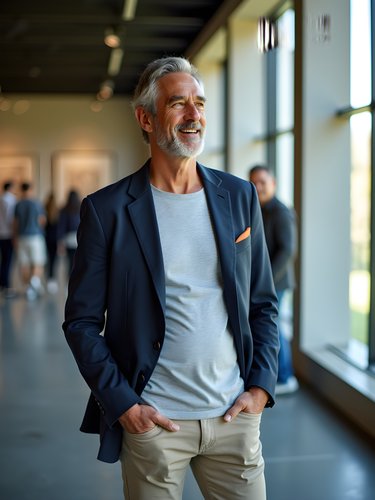
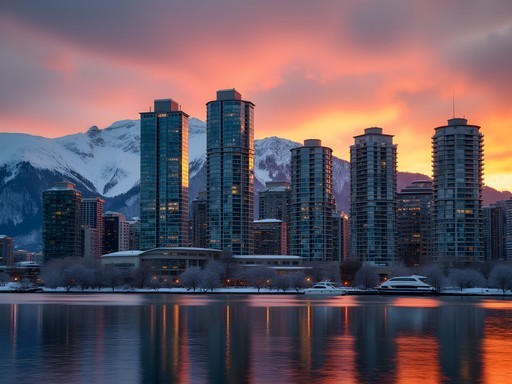
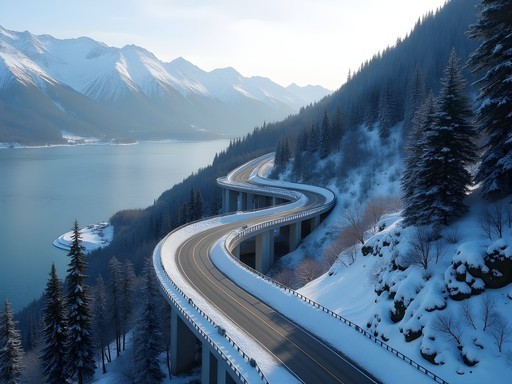
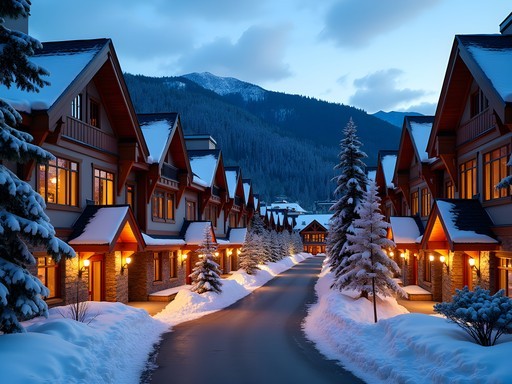

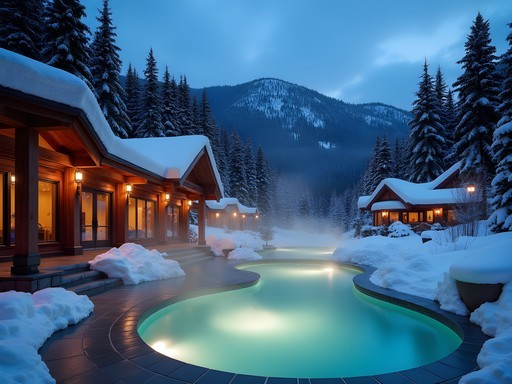



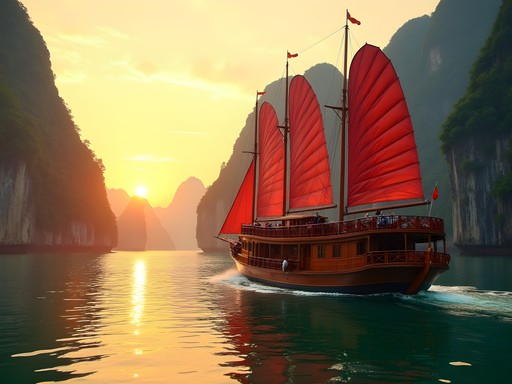






Comments
roamking
Just did this trip last month! The way the fog rolls between the mountains in the morning is absolutely magical. Your photos captured it perfectly!
Sophia Gomez
Scott, your architectural perspective adds such a fascinating layer to this route! I travel this corridor frequently for business meetings and have grown to appreciate the subtle design elements you highlighted. Last month, I had a client dinner at the Fairmont Pacific Rim in Vancouver, and we spent an hour just discussing the lobby's art installations and structural elements! One tip for business travelers: the noise-cancelling earbuds were a lifesaver on the Sea-to-Sky Highway when I needed to take calls while my colleague drove. The way the road hugs the coastline creates cellular dead zones that these handled beautifully. Your point about climate-responsive design is particularly relevant as more hospitality venues adapt to changing weather patterns in the region.
adventureperson
Love the architectural focus! Any specific hotels you'd recommend in Whistler that showcase good design?
Scott Hamilton
The Audain Art Museum building itself is a masterpiece worth visiting. For accommodations, I found the Nita Lake Lodge to be a beautiful example of contemporary alpine architecture that respects its surroundings. The Four Seasons also does a remarkable job balancing luxury with environmental context.
wanderchamp
Is this route worth doing in summer or is winter the better season for the full experience?
Sophia Gomez
Each season offers something different! Winter gives you that quintessential snow-capped mountain experience, but summer opens up hiking trails and outdoor dining with mountain views. I've done both and personally prefer summer for the vibrant colors and outdoor activities.
wanderchamp
Thanks Sophia! Good to know it's worth visiting year-round. Might try for late summer then!
Hunter Thompson
Mate, your post is spot on about the architectural contrasts! I did this journey on a backpacker's budget last winter and was blown away. Found this wicked hostel in Squamish halfway up that had floor-to-ceiling windows framing the mountains. Even on a budget, the public transit options between Vancouver and Whistler are brilliant - used the Skylynx bus for like $25! Not luxury but the views are the same. Did you check out the Olympic Village architecture in Whistler? Those curved roofs are genius for shedding snow!
skygal
Scott, did you take the Sea-to-Sky Gondola? Worth the stop or too touristy? Planning my trip for October!
Scott Hamilton
Absolutely worth it! The gondola offers incredible structural views that align with the architectural narrative. October should have amazing fall colors too. Just check their operating schedule as they sometimes do maintenance in shoulder seasons.
skygal
Perfect, adding it to my itinerary! Thanks for the quick reply!
trippro
Just got back from doing this exact trip! Pro tip: the Peak 2 Peak Gondola between Whistler and Blackcomb is an engineering marvel that's worth experiencing even if you don't ski. The glass-bottom gondola cars are incredible for photography!
Scott Hamilton
Great point about Peak 2 Peak! The structural engineering to span that distance with minimal environmental impact is remarkable. Did you know it holds records for both the longest and highest lift of its kind?
Sage Dixon
Scott, your architectural insights really enhanced my appreciation for this corridor! I did this journey last February and was stunned by how Vancouver blends urban design with mountain backdrops. My adventure highlight was snowshoeing through old-growth forests near Whistler - the contrast of ancient trees with cutting-edge resort architecture was striking. For anyone planning this trip in winter, don't miss the First Nations cultural experiences in Squamish along the way. The storytelling about how traditional buildings were designed to withstand these environments adds another fascinating layer to understanding the region's architectural evolution.
Taylor Moreau
Scott, your architectural perspective offers a refreshing take on a route I've traveled dozens of times for business. The climate-responsive design elements you highlighted in Vancouver's newer buildings are indeed remarkable. For those interested in the engineering aspects, I recommend the guided tour of the Olympic sliding centre in Whistler - they explain the technical challenges of building such infrastructure on a mountain. What struck me most from your post was how luxury in this region isn't just about opulence, but rather intelligent design responding to environmental conditions. Well articulated.
beachpro
Planning to do this trip in December. Is it worth renting a car for the Sea-to-Sky Highway or are there good shuttle options?
trippro
Definitely rent a car if you can! The freedom to stop at viewpoints along the Sea-to-Sky is worth it. Make sure you get winter tires though - it's actually required by law. We used winter gear rental in Whistler which delivered everything to our hotel.
beachpro
Thanks for the tip about winter tires! Good to know about the rental delivery too.
Venture X
Premium card with 2X miles, $300 travel credit, Priority Pass